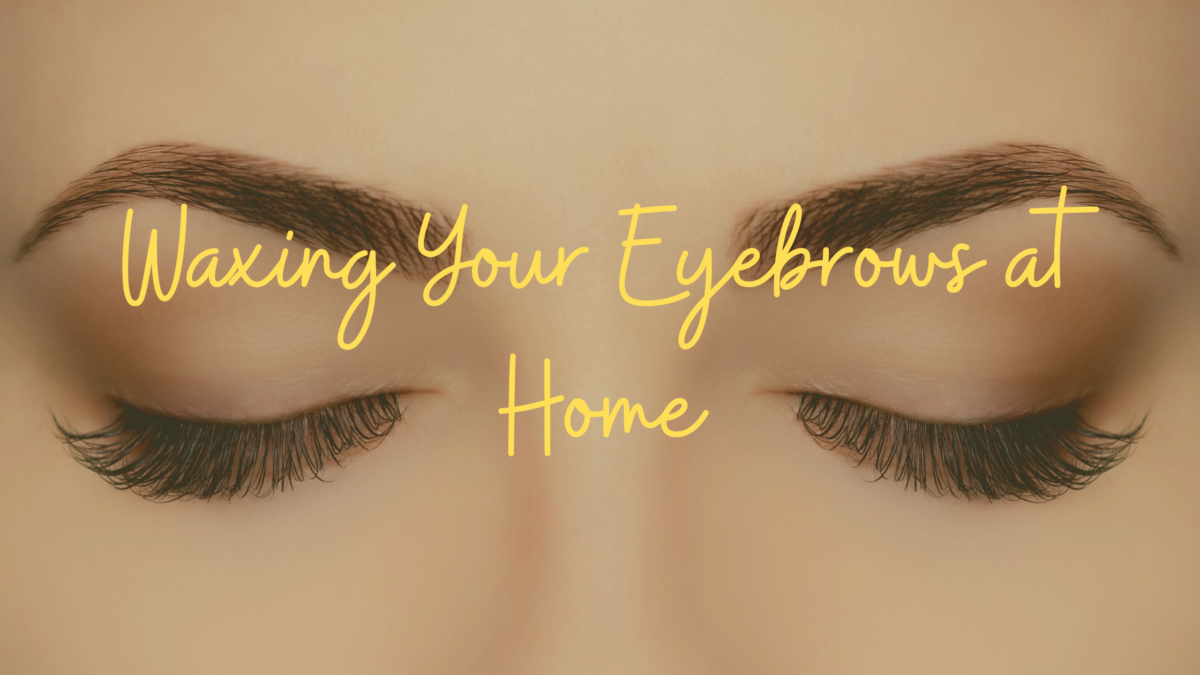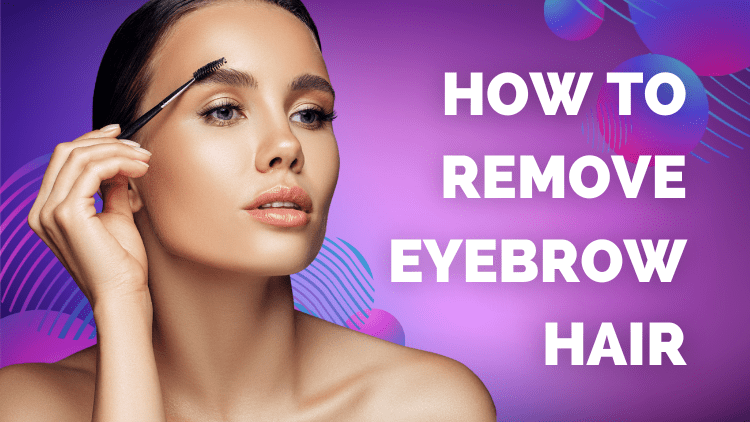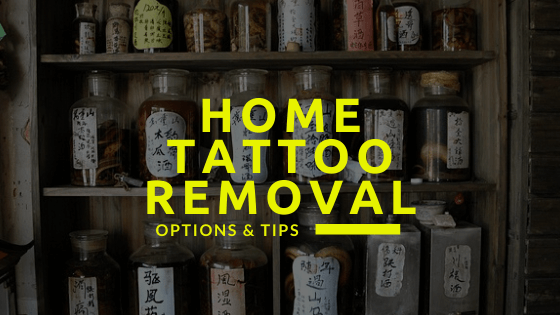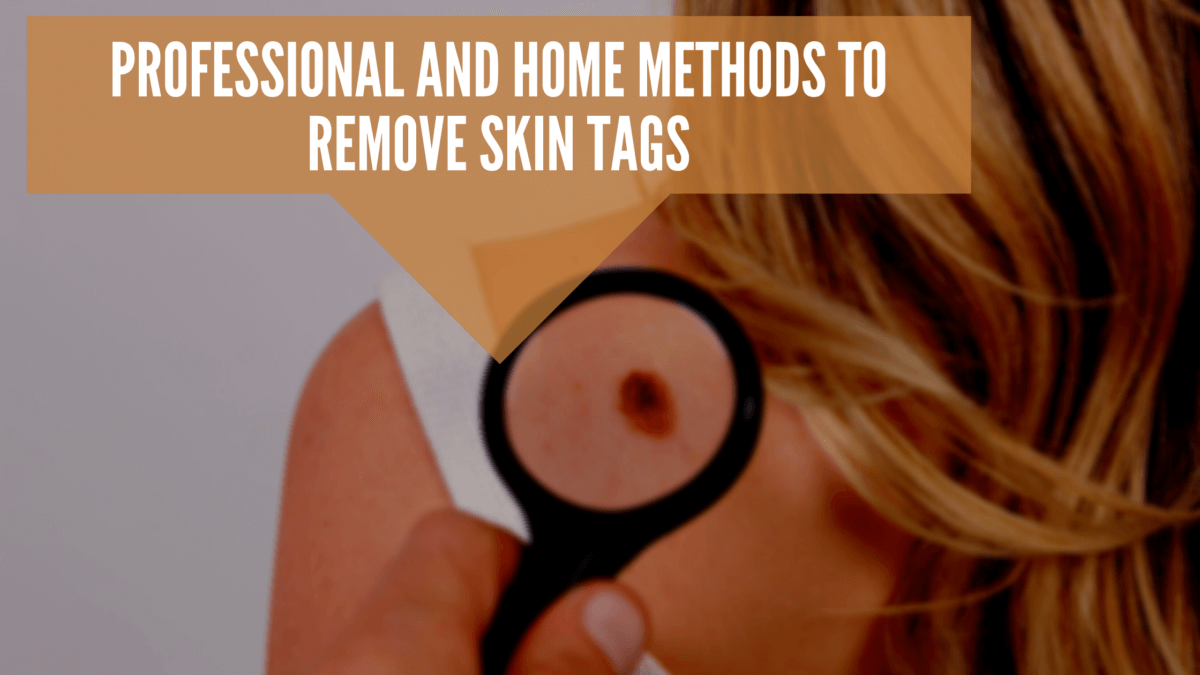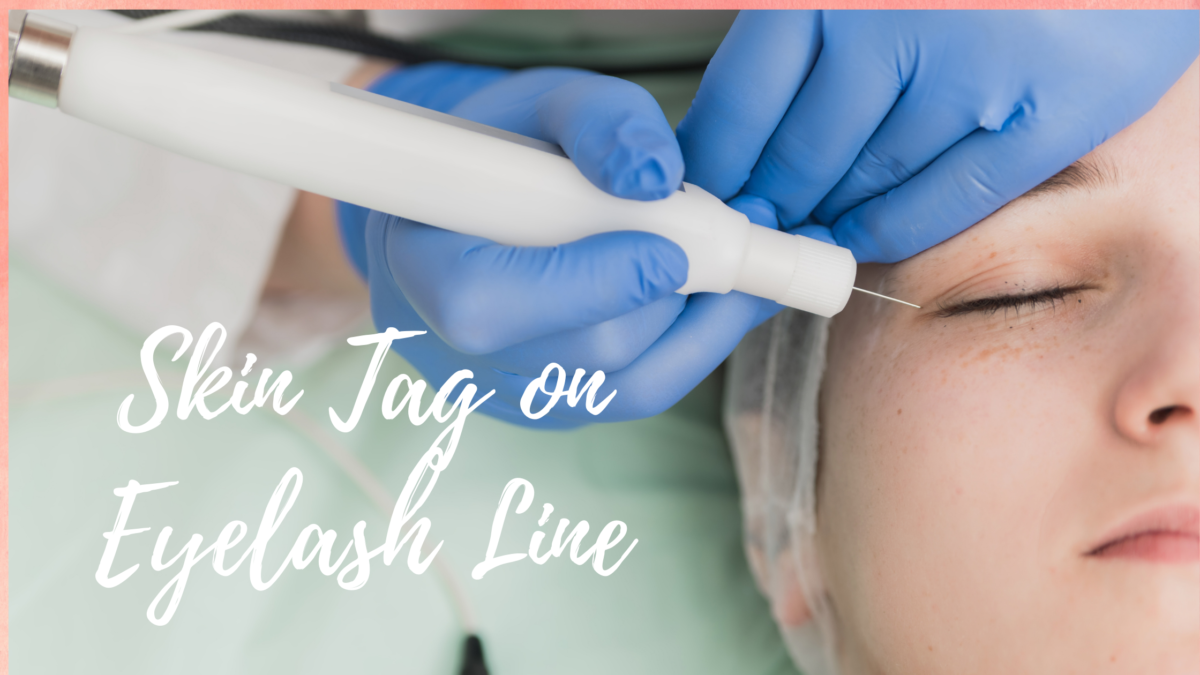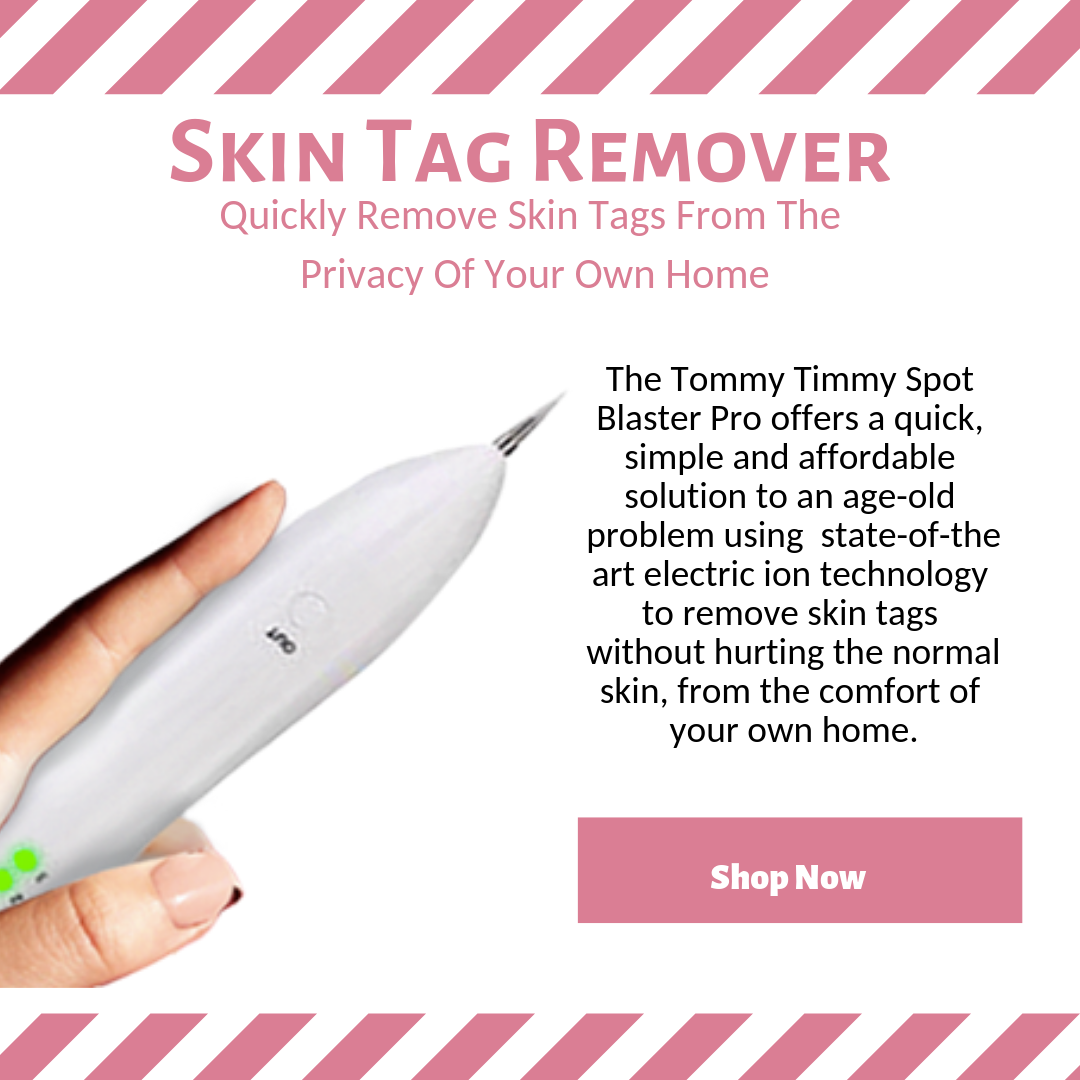Removing excess eyebrow hair not only helps frame your face in the most flattering way possible but also gives an instant boost to your confidence.
Whether you prefer waxing, tweezing, threading or laser removal, plenty of options are available. We’ll cover each method in detail so you can decide which suits your needs the best.
Preparing The Eyebrow Area
Although it may seem intimidating to remove eyebrow hair, the process is actually quite simple. With a few basic tools and some patience, you can achieve salon-level results at home.
Preparing the area before you start plucking or waxing is key for avoiding any pain or damage.
First of all, wash your face with lukewarm water and gently pat dry with a soft towel. This should help open up the pores so that removing the strands will be less painful. You’ll also want to avoid putting moisturizer on beforehand, as this could make it harder to grip the hair.
Once your skin has been cleansed, use an astringent to help minimize inflammation while keeping bacteria away from the follicles. Finally, take a small brush and comb through each brow to separate individual hairs. By taking these preparatory steps before starting your hair removal routine, you’re guaranteed a smoother experience with better results.
Tweezing Eyebrow Hair
Tweezing is a great option for removing eyebrow hair. It’s the most common method used to shape and maintain eyebrows, as it removes single hairs at once.
Tweezers come in different sizes and shapes. They can be bought from any drug store, beauty supply shop or online retailer.
To prepare, comb the eyebrow hairs upwards so you can see which ones need to be removed.
To begin tweezing, hold the tweezers parallel to your natural brow line and pluck out excess hairs one by one in their direction of growth. Take care not to pull too hard on the skin while doing this. Instead, grip only onto each individual hair without pinching your skin.
After completing one side of your eyebrows, move onto the other side using the same technique until all unwanted hairs are gone. If redness occurs after tweezing, apply some aloe vera gel or witch hazel tonic directly onto the area to reduce inflammation and speed up healing time.
When finished, avoid touching or rubbing your eyebrows as this could cause irritation and infection—and enjoy your newly-shaped brows!
Waxing Eyebrow Hair
Waxing eyebrow hair is a great way to remove unwanted hairs quickly and efficiently. It involves using warm wax to pull the hairs out from the root, leaving your brows looking smooth and tidy.
Although it can be slightly more painful than tweezing, it’s an effective method for removing multiple hairs at once.
The key to successful waxing is preparation. Make sure you have clean skin and that any makeup has been removed before beginning. You may also want to take ibuprofen or another pain reliever prior to waxing if you’re concerned about discomfort.
Once everything is ready, apply the wax in small strips along each side of your eyebrows, following their natural shape as much as possible.
The wax should remain on your skin for several seconds before being pulled off with one swift motion—pull away against the direction of hair growth for best results!
With continued use over time, you’ll find that your remaining eyebrow hairs become thinner and finer, making them easier to remove or even just leave alone entirely.
Threading Eyebrow Hair
Threading eyebrow hair is quickly becoming the method of choice for many people. Threading offers a gentler approach to getting rid of unwanted facial hair.
Threading involves twisting cotton threads into loops which are then rolled over areas of unwanted hair in order to pluck them out from the follicle.
It’s extremely precise. You can shape eyebrows perfectly as only hairs within the looped thread are removed. It’s also fast. Most treatments take between 10-20 minutes, depending on how much hair needs removing.
Threading does have its drawbacks, though. Some find it more painful than waxing, and there’s also the risk of infection if salon hygiene isn’t up to scratch.
Ultimately, whether you choose threading or another form of facial hair removal depends on your specific needs and preferences.
Bleaching Eyebrow Hair
For those seeking a more subtle way of removing eyebrow hair, bleaching is an option. Astonishingly, this method can be as effective as threading while providing a much less painful experience.
To put it simply, bleaching your eyebrows lightens the color and makes them virtually invisible!
So how does one go about bleaching their brows?
Firstly, you’ll need to purchase some bleach specifically designed for use on facial areas. Once you have everything ready, cleanse the area around your eyes with warm water before applying the product directly onto the hair.
Leave it in place until desired results are achieved – usually no longer than five minutes, depending on the strength of the solution. Then rinse off thoroughly with cold water.
Bleaching offers an easy and affordable way to temporarily remove unwanted eyebrow hairs and accentuate your features!
Laser Hair Removal For Eyebrow Hair
Laser hair removal uses concentrated light beams that are directed at individual follicles in order to destroy them and stop new growth from occurring.
It comes with fewer side effects compared to other methods, such as waxing or threading, which can cause redness, irritation, and even scarring over time.
Pros And Cons Of Different Hair Removal Methods On Eyebrows
Tweezing:
Tweezing is one popular method of removing eyebrow hair. On the plus side, it’s fast and easy to do at home with minimal cost required. The downside? Tweezing isn’t ideal if you’re looking for long-term results, as hairs will grow back quickly after they are removed. Additionally, tweezing can cause breakage and damage to other surrounding hairs.
Shaving
Shaving is another option – but only in certain cases. For those who have thicker brows or don’t mind them being slightly shorter and fuller, shaving might work well for quick touch-ups between grooming appointments. While this method does not require any special tools aside from a razor blade, it runs the risk of cutting yourself, which could lead to infection or scarring.
Aftercare Tips For Removing Eyebrow Hair
Like all forms of grooming, the successful application of aftercare when removing eyebrow hair is essential for achieving and maintaining desired results.
The importance of thorough post-treatment care cannot be overstated. Following each session, the skin should be cleansed thoroughly with water and mild soap to remove any debris left behind by the hairs as well as residue from any products used during treatment.
This will help reduce irritation and prevent infection due to bacteria building up on the skin’s surface. Additionally, applying a light moisturizer or aloe vera gel can help soothe inflammation and replenish necessary moisture while calming the affected area.
Tips For Avoiding Ingrown Hairs
When it comes to eyebrow hair removal, there are a few simple tips you can follow in order to reduce the risk of developing ingrown hairs.
An ingrown hair occurs when a hair follicle fails to grow out from the skin and instead curls back around and grows underneath the surface. These can be uncomfortable and even painful.
The first step is to ensure that your eyebrows are well-groomed before attempting any type of hair removal.
Longer strands might become trapped beneath the skin, so keep them trimmed short using tweezers or an electric trimmer. Additionally, removing excess sebum with a gentle exfoliant will help prevent clogged pores which can contribute to ingrown hairs.
Alternatives To Traditional Hair Removal On The Eyebrows
For those who want longer-lasting results than traditional options provide, laser hair removal may be the answer.
Lasers target individual patches of unwanted hair while leaving surrounding areas untouched. They destroy the root of each strand so new ones won’t grow back as quickly over time – perfect if you’re looking for a semi-permanent solution.
Despite being slightly pricey up front, laser treatments require fewer sessions than most other forms of hair removal and offer excellent long-term value for money too!
Home Remedies For Hair Removal Of The Eyebrows
Sugaring
Starting simply, sugary solutions offer a straightforward way to soften strands before strimming away stray hairs. By combining caster sugar, lemon juice, and water into a paste-like mixture that sticks when spread onto the skin, you can create a gentle cleanser that removes unwanted fur while leaving lusciously full brows in its wake.
After applying the concoction and letting it sit for 10 minutes, use tweezers to take out the individual hairs. This will prevent irritation in delicate areas.
Homemade Depilatory Creams
For those looking for more intensive options, homemade depilatory creams may be just what you need. Creating these requires no more than mixing together honey and cornstarch until it forms a thick paste.
This remedy works by breaking down proteins within the hair follicles, which dissolves them from their roots – ideal if you’re searching for long-lasting results!
Eyebrow Shapes And Styles
The shape of one’s eyebrows can be a powerful statement, almost like writing your signature across your forehead. Every arch and curve conveys something unique about the individual who wears them – their personality and confidence shining through in each swipe of the tweezers.
From thick to thin, curved to straight, there are myriad ways to express yourself with this bold accessory!
When it comes to eyebrow shapes and styles, there is no “one-size-fits-all” solution. Everyone has different facial features that need to be taken into account when deciding on the perfect brows for you.
For example, if you have an angular face, then softer curves may suit better than sharp angles, while someone with rounder features might look great with strong lines and structure.
The best way to find out what works for you is by experimenting – try different looks until you find something that feels right!
Prevention And Maintenance Of Eyebrow Hair Removal
Surprisingly enough, there are many factors that play into how much eyebrow hair we grow and where it grows. From hormones to genetics – even environmental changes such as age or stress levels – all of these things affect our brow growth too!
So what can you do?
No matter which method you choose for managing unruly eyebrow hairs, the key is consistent upkeep and routine maintenance. With a little bit of effort now and then, you’ll soon find yourself rocking stunningly groomed brows like never before!
Conclusion
Learn how to remove Eyebrows permanently in the comforts of your home while reading this article. The methods included are safe, effective, and convenient to do.
Tips and Ways on How to Remove Eyebrow Hair at Home
Properly trimmed and shaped eyebrows improve your appearance. Attractive eyebrows can show your beauty, and they also define the shape of your face. There is nothing more charming than having these maintained and precisely-shaped. Unfortunately, there can be times that maintaining this facial feature is hard to do.
You might need guidance on how to keep well-maintained brows. This article will show you how to shape and maintain your eyebrows in the comforts of your home. Below is a list of ways and tips on how to remove unwanted hair strands. We will start with the basic things to know to maintain your eyebrows properly.
Permanently removing your eyebrow hair at home is unfortunately not achievable as it is complicated and requires professional intervention. It usually involves laser and multiple sessions for it to be removed permanently. Maintaining, shaping, and keep your eyebrow hairs tidy is the best thing to do as these typically grow much slower than your scalp hair.
Know Your Natural Eyebrow Shape
Usually, tweezing or waxing is the preferred method to remove eyebrow strands permanently. Start figuring out what hairs do you want to remove so that you do not overdo it. Knowing your eyebrow shape is important as it will determine where you will remove hair.
Eyebrow shapes come in oval, square, round, and long. These shapes depend on your face structure. An oval shape has shallow arches and soft angles best complemented with oval shapes. Square shapes have defined arches that try to balance square-shaped faces. Round shapes are lifted and angled that can lengthen your face. Long eyebrow shapes are flat, making your face look shorter.
How Much Eyebrow Hair Should You Remove
A golden rule is to remove as minimal as possible. We follow this rule because once you remove these hair strands, you cannot add them back. A good tip to do is use a brow pencil to draw a line under the eyebrows following your preferred shape. After drawing a line, you now have a guide for removing specific hair strands. It is important to know that the top of the brow is what makes its shape. Very minimal removal must be done, targeting only the obvious strands that the naked eye can see.
Using Scissors is a Big No
For professional stylists, they can use scissors to create beautiful and attractive eyebrows. For home eyebrow hair removal, it can be difficult and very tricky to do. If it is not done right, it can seriously alter the shape and look of your face. Tweezing is the preferred method for doing brow hair removal as it is easy and convenient. It also doesn’t require particular skills to be effective.
Tweezing Your Eyebrows at Home
Cleaning your Face and Following the Natural Shape
Before tweezing, you must thoroughly clean your face. Remember to follow your brow’s natural shape and only pluck under your eyebrows. Keep this tip in mind to overdo your tweezing and make your brows into a different shape.
Pull Your Skin and Make it Taut.
You should pull your skin, stretch it and make it taut before tweezing. It will make your hair removal at home easy and less painful.
Minimal Tweezing Is Recommended
Eyebrow hair maintenance at home must be minimal as there are no professionals present to guide you. You can make your brow show its full potential by keeping it clean and tidy. You have to clean up the bottom of the brow where you see obvious stray hairs.
Tweeze hairs that are out of place under the brows, and make sure that you are plucking the strands in the direction where it’s going in. It must be quick and properly directed to avoid having ingrown hairs. Because the top of the brows is critical to its natural arch shape, it is recommended that you do not touch this part.
Moisturizing After Tweezing
Moisturizing after tweezing can help minimize pain and redness. Facial oil moisturizers also help in the healing process of the hair follicle after tweezing. Moisturizing also nourishes the skin and keeps it clean and bacteria-free.
Waxing Your Eyebrows at Home
Waxing typically involves spreading a sticky and viscous substance over to an area to remove hairs. It is allowed to harden then it is quickly torn off. It is cheap, quick, and effective, but it might cause some pain. It can keep unwanted strands from growing for up to six to eight weeks. The hair grown can also be much finer than the one plucked before.
Use Hair Removal Waxing Kits for a Quick and Easy Procedure
Waxing kits are great for home use at it includes all that you need for hair removal. These kits also have instructions on how to apply the waxes. For home eyebrow hair removal, you can try kits that use hard or sugar wax. These are some examples that are gentle to the skin and are excellent for home-usage. These waxes are also easy to clean, which makes the hair removal process a breeze.
Before Waxing, Clean and Use Powder for Your Skin
Cleaning and powdering your face before using the waxing kit is strongly recommended. Washing your face removes any oil and dead skin buildup on your eyebrows. After cleaning, powdering your face helps prevent moisture from the skin, making sure that the wax grabs onto the hair strand easily.
Applying The Wax Correctly
Apply the wax strip in the same direction where the strand grows. If you are using hard wax, use a thick application, let it harden, use one hand to make the skin taut, and quickly tear the strip off.
Moisturize After Waxing
You should now moisturize your skin after waxing as the skin is inflamed from removing the hairs. You will notice a little redness on the skin, but it will gradually fade away. Moisturize the area properly so that it will rehydrate and heal properly.

